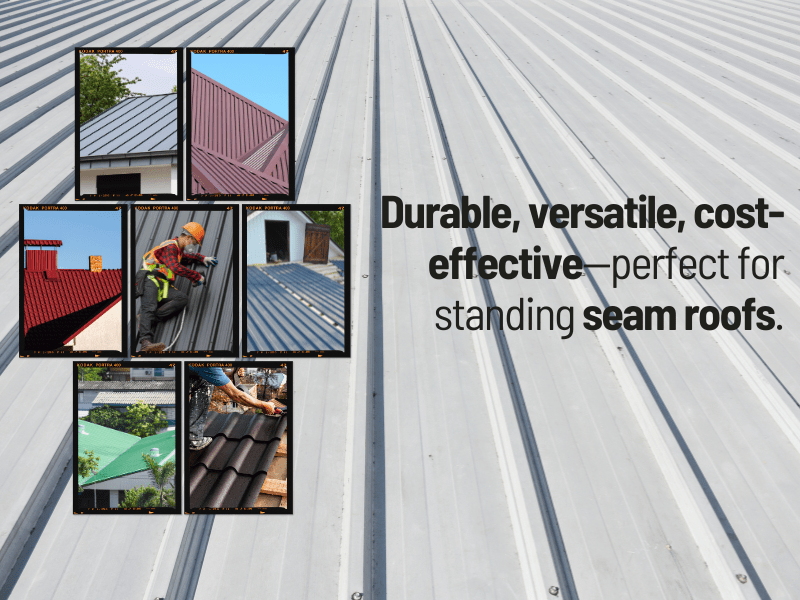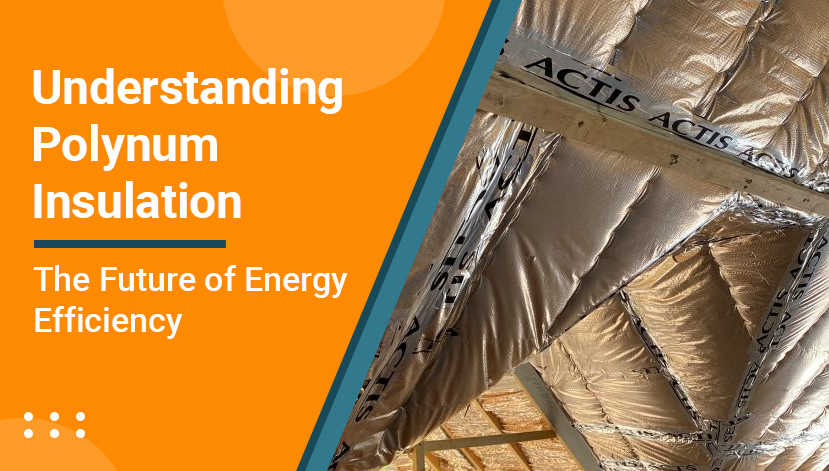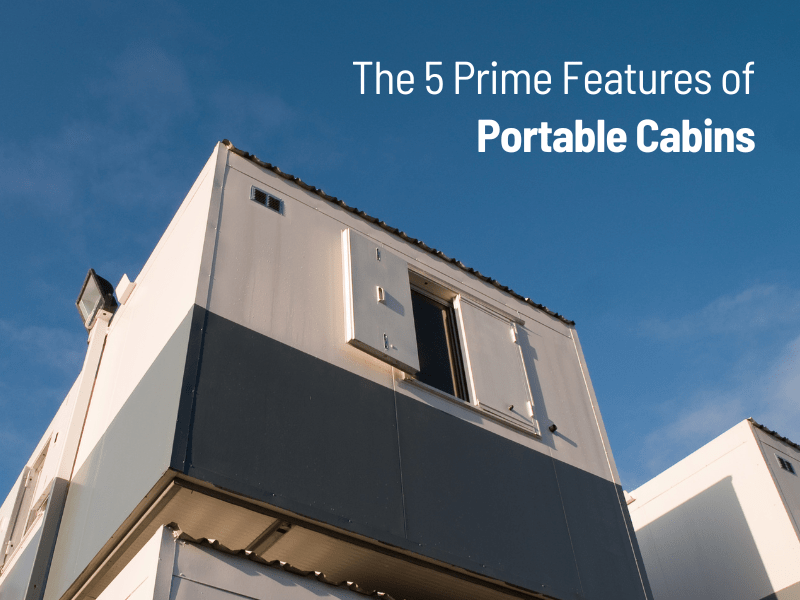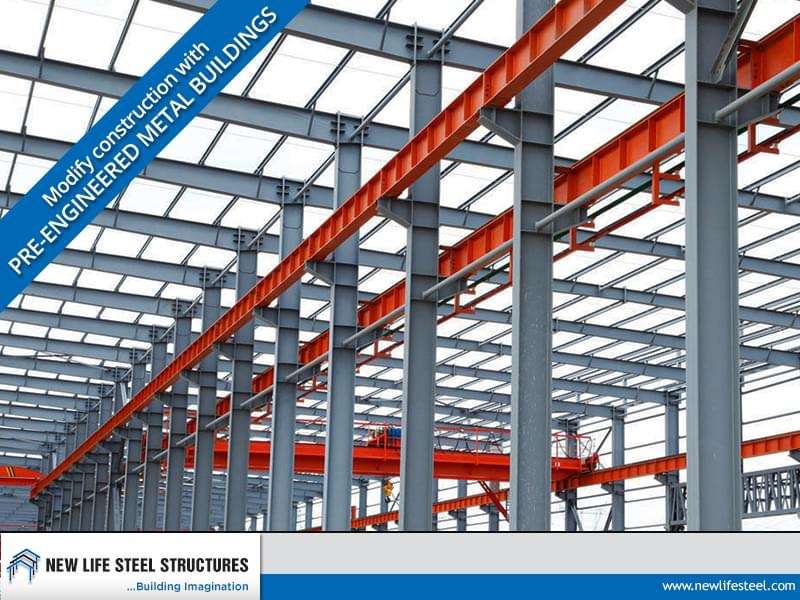
Understanding Polynum Insulation: The Future of Energy Efficiency
Home » Understanding Polynum Insulation: The Future of Energy Efficiency

In the quest for energy efficiency and sustainable living, insulation plays a vital role. Among the various types of insulations available today, Polynum insulation is the most revolutionary solution offering significant energy savings.
What is Polynum Insulation?
Polynum insulation is a high-performance reflective insulation material made of multiple layers of polyethylene air bubbles sandwiched between reflective aluminium foil surfaces. This unique composition makes it an effective barrier against heat transfer, ensuring optimal temperature control within buildings.
Key Benefits of Polynum Insulation
- Superior Thermal Performance:
Polynum insulation excels in reducing heat transfer through radiation, conduction, and convection. The reflective aluminium layers effectively bounce back the heat from the building during summer and retain heat during the winter, leading to a substantial reduction in heating and cooling costs.
- Lightweight and Easy to Install:
Compared to traditional insulation materials like fiberglass or foam, Polynum insulation is lightweight and easy to handle. Its flexibility allows quick and efficient installation thereby reducing the labour costs and disruptions during the construction process.
- Versatility:
Polynum insulation is suitable for a wide range of applications, including residential, commercial and industrial buildings. It can be used in walls, roofs, floors and even HVAC systems, providing comprehensive thermal protection throughout the structure.
- Moisture and Vapor Barrier:
The polyethylene bubble layers act as an effective barrier against moisture and vapor, preventing condensation and mold growth. This feature is important in humid climates or areas prone to moisture.
- Environmentally Friendly:
Polynum insulation is made from recyclable materials and contributes to a sustainable practice. Its energy-saving features help to reduce the overall carbon footprint of a building, aligning with green building standards and environmental regulations.
- Fire-Resistant:
Safety is a paramount concern in building construction. Polynum insulation is designed to be fire-resistant, adding an extra layer of protection to the building and its occupants.
Applications of Polynum Insulation
- Residential Buildings:
In homes, Polynum insulation provides comfort throughout the year by maintaining consistent temperature. It is particularly effective where heat gain and loss are most significant.
- Commercial Buildings:
For commercial spaces such as offices, retail stores and warehouses, Polynum insulation enhances energy efficiency, leading to lower operational costs and improved comfort. It also helps to maintain a healthier indoor environment by preventing mold and condensation.
- Industrial Facilities:
In industrial settings, Polynum insulation is used to insulate warehouses, manufacturing plants and storage facilities. Its high reflectivity and thermal resistance make it ideal in maintaining stable temperatures and protects sensitive equipment and products.
- HVAC Systems:
Polynum insulation can be integrated into HVAC systems to improve their efficiency. It ensures that the heating and cooling systems operate more effectively by reducing heat loss or gain in ductwork, leading to lower energy consumption and costs.
Conclusion
Polynum insulation is a prominent advancement in the field of building insulation. Its superior thermal performance, ease of installation, versatility and environmental benefits makes it an excellent choice for modern construction projects.
As the demand for sustainable and energy-efficient building solutions continues to grow, Polynum insulation is bound to play a critical role in shaping the future of construction. Investing in Polynum insulation is not just a step towards reducing energy costs but also a commitment to creating healthier, more sustainable living and working environments.
Recent Post


The 5 Prime Features of Portable Cabins

